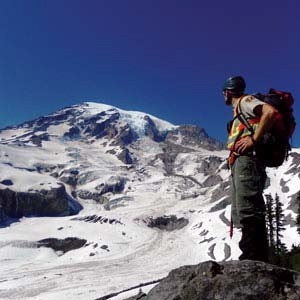STEM Careers: Geoscientist

By Colleen Salvatore
The earth is our home, but it has existed for much longer than the human race. Geoscientists study the earth — its composition, its irregularities, its structure â to learn more about its history, and to tell us its secrets. Geoscientists use their knowledge of geology, physics and chemistry to study the earth.
Geoscientists often work out in the field to take samples of rock and ice, and then return to a lab to analyze these samples. They support other fields, such as architecture, oil and natural gas and cartography, among others. Their knowledge of the earth is indispensable to our development of new technologies that help us live healthier, cleaner and safer lives.
Students who are interested in becoming geoscientists should begin taking math and physics in high school. In college, students should major in geosciences, geology or earth sciences. Other degrees, such as physics or chemistry, will allow a student to pursue higher education in a geosciences career, if they also took some work in the geosciences. Many geoscientists choose to pursue a doctorate, so that they can conduct their own research.
Geoscience is a rock-solid career choice. The United States economy is predicted to increase its demand for geoscientists by 21 percent from 2010 to 2020, according to the Bureau of Labor Statistics. The average geoscientist earns $82,500 per year while working for architecture firms, engineering firms, oil and gas companies and others.

